A Parakeet Lover’s Guide to English Budgie: Everything You Need to Know
If you've ever wanted to own an English Budgie, then this blog is for you! We will tell you everything you need to know about raising a happy and healthy English budgie!
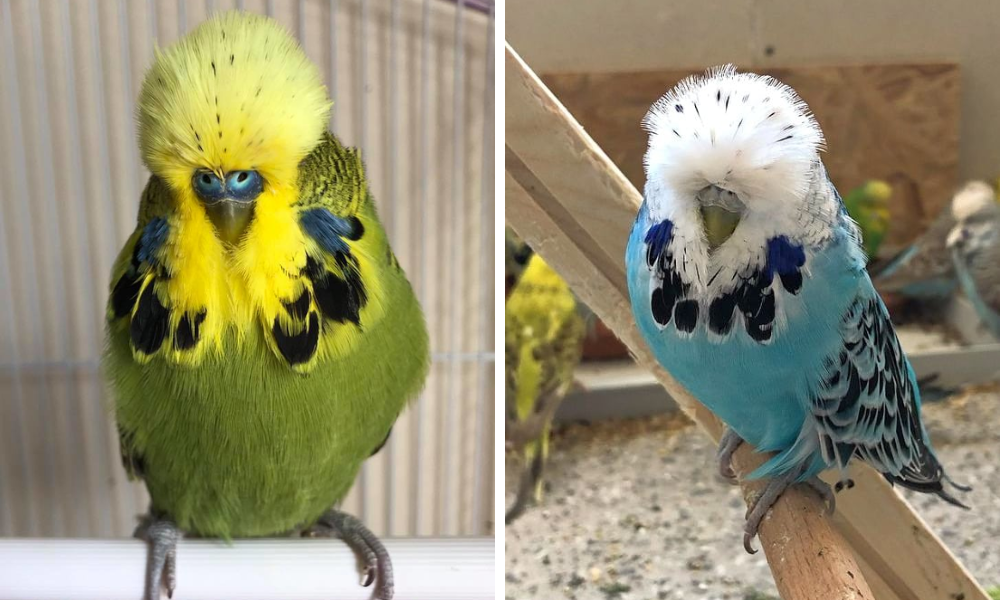
Key Takeaways:
- Understand the unique characteristics and care requirements of English Budgies.
- Discover the differences between English and American Budgies.
- Learn how to maintain the health and happiness of your English Budgie.
English Budgies, also known as English Budgerigars or Show Budgies, are a captivating variety of one of the world's most beloved pet birds. With their charming personalities and striking appearance, they have won the hearts of bird lovers across the globe. This comprehensive guide will delve into the world of English Budgies, offering insights into their care, behavior, and what makes them such excellent pets.
What Sets English Budgies Apart?
English Budgies are a selectively bred variant of the wild Budgerigar, native to Australia. They are known for their larger head, long tail feathers, and fluffier feathers compared to their wild counterparts and the American Budgie. The selective breeding process has not only enhanced their physical attributes but also their temperament, making them friendly and curious birds that can be a joy to interact with.
English Budgie Size and Appearance
The English Budgerigar boasts a robust build with a bit longer body than the standard budgies. Their fluffy feathers give them a distinctive, somewhat regal appearance. Color mutations in English Budgies are similar to those found in other budgies, with the classic green and yellow being the most common, but you can find them in a rainbow of colors.
The Origin of English Budgies
Selective breeding of budgies began in the 19th century, with bird shows playing a significant role in their development. Breeders aimed to create a show bird with a more pronounced look, and thus, the English Budgie was born. They are the same species as the wild Budgerigar, scientifically known as Melopsittacus undulatus, but with notable differences due to selective breeding.
English Budgies vs. American Budgies
While they belong to the same species, English and American Budgies have distinct differences. English Budgies are larger with a more pronounced head and longer feathers, making them fluffier and more striking. American Budgies, also known as parakeets, are closer in size and shape to their wild relatives, the wild Budgies.
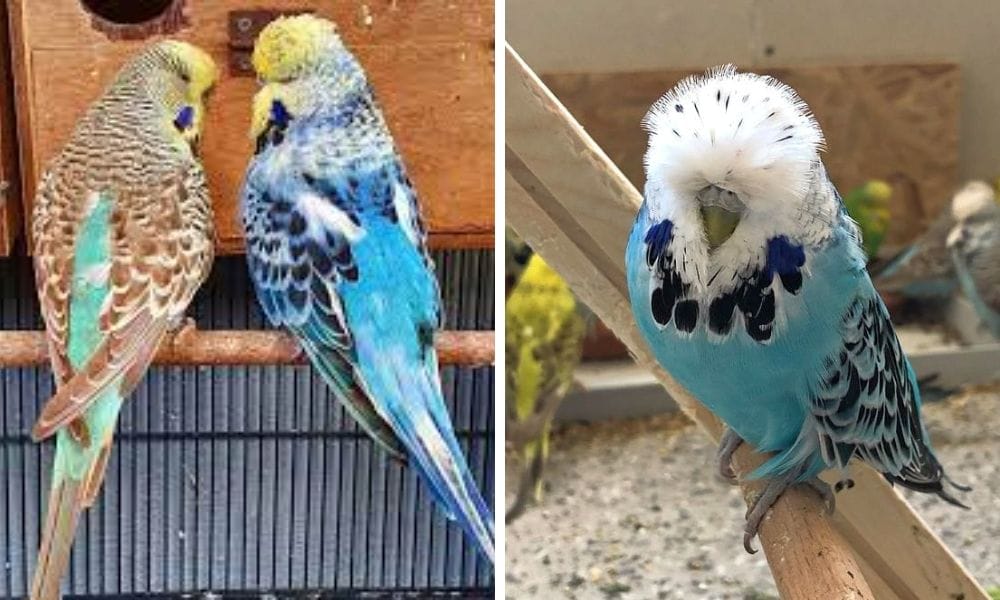
The Social Nature of English Budgies
English Budgies are social birds that thrive on interaction. They can be kept as a single bird, but they often do better with the company of other budgies. If you're considering two birds, it's essential to provide enough space and resources to prevent any potential conflicts.
English Budgie Care Guide
Proper care is crucial for maintaining healthy birds. A balanced diet, a spacious cage, and regular exercise are key components of English Budgie care. They also require mental stimulation to prevent boredom, which can lead to health issues.
Feeding Your English Budgie
A balanced diet for an English Budgie should include a variety of seeds, millet, fresh fruits, and vegetables. Whole grain bread and cooked eggs can also be offered occasionally. Always ensure fresh water is available, and avoid foods that can cause health problems, such as avocado or chocolate.
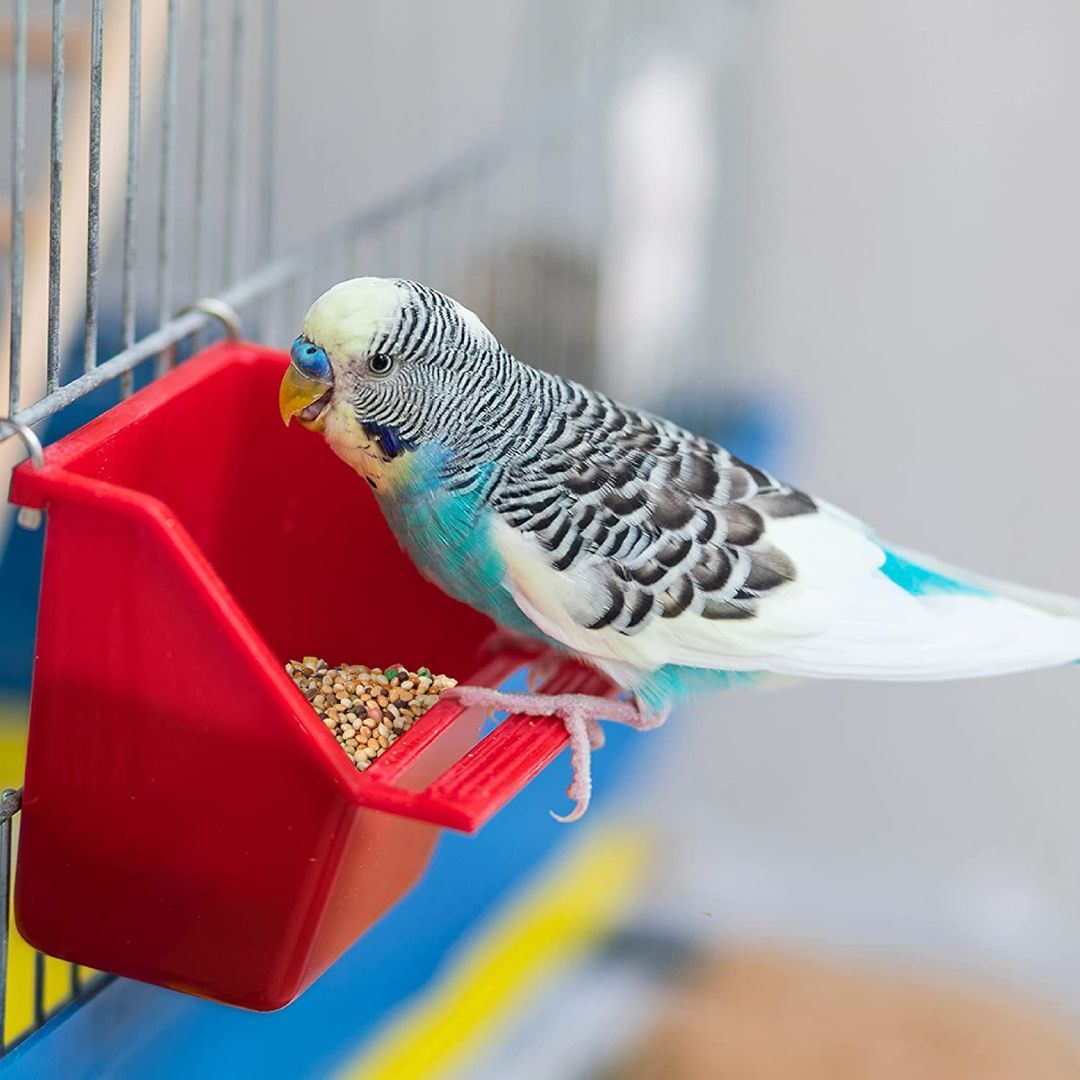
Understanding English Budgie Behavior
When you welcome an English Budgie into your home, you're not just getting a pet bird; you're gaining a companion with a unique personality. Most budgies are known for their playful and social nature, making them a popular pet among bird enthusiasts. They thrive on interaction and can grow bored if not provided with enough stimulation. Observing their behavior is key to understanding their needs. For instance, a budgie that is bobbing its head or tapping its beak against objects is often a sign of contentment or a desire to play and interact with you or their feathered friends.
In contrast, if you notice your little bird is less active or vocal than usual, it could be an indication that something is amiss. English Budgies, like other small parrots, are adept at masking illness, so changes in behavior are important to note. They are also intelligent and can learn a variety of tricks and commands, which can help prevent them from becoming bored. Regular, gentle training sessions can help strengthen your bond and keep your budgie mentally stimulated, ensuring they remain a friendly pet for years to come.
The Development Stages of English Budgies: From Hatchlings to Mature Birds
When we talk about the growth of English Budgies, it's a journey that's both fascinating and complex. Immature birds undergo several stages before reaching maturity. Initially, they hatch from their eggs as tiny, featherless creatures entirely dependent on their parents for warmth and nourishment. As weeks pass, they begin to develop soft down, followed by their first feathers, signaling the start of their fledgling phase. During this time, they learn essential skills like eating independently and flying, which are crucial for their survival and development into healthy adults.
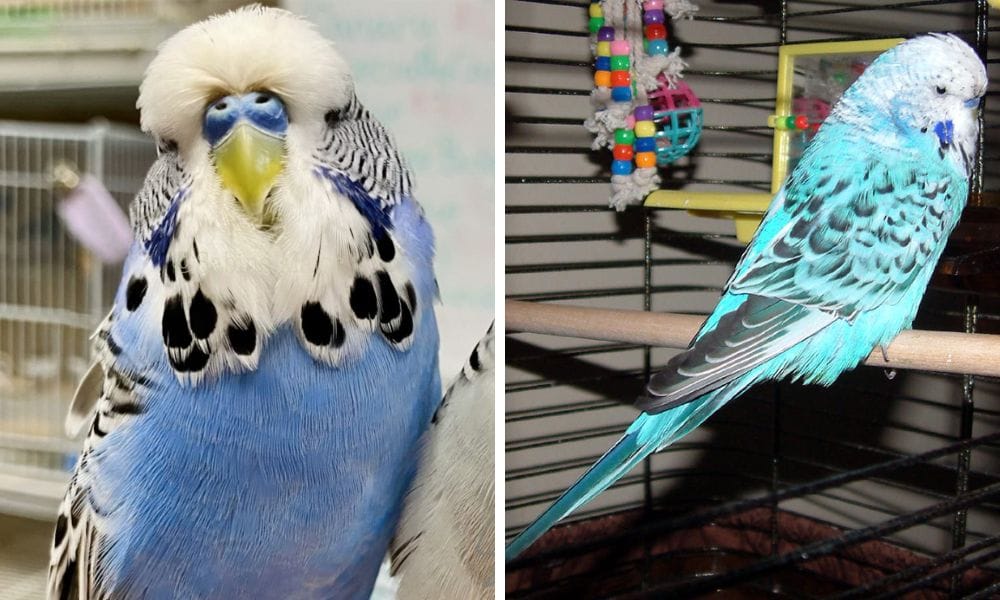
As these parakeets grow, their personalities start to shine through. Observing an English Budgie mature is a rewarding experience for any bird enthusiast. By the time they reach three to four months of age, they are usually fully feathered and resemble miniature versions of adult birds. However, they may still exhibit juvenile behavior and require guidance from older birds or their human caretakers. It's during this period that the foundation for their future temperament as good pets is laid, with proper socialization playing a pivotal role. If you want to provide your budgie high quality treats you can read more about it in our blog below.
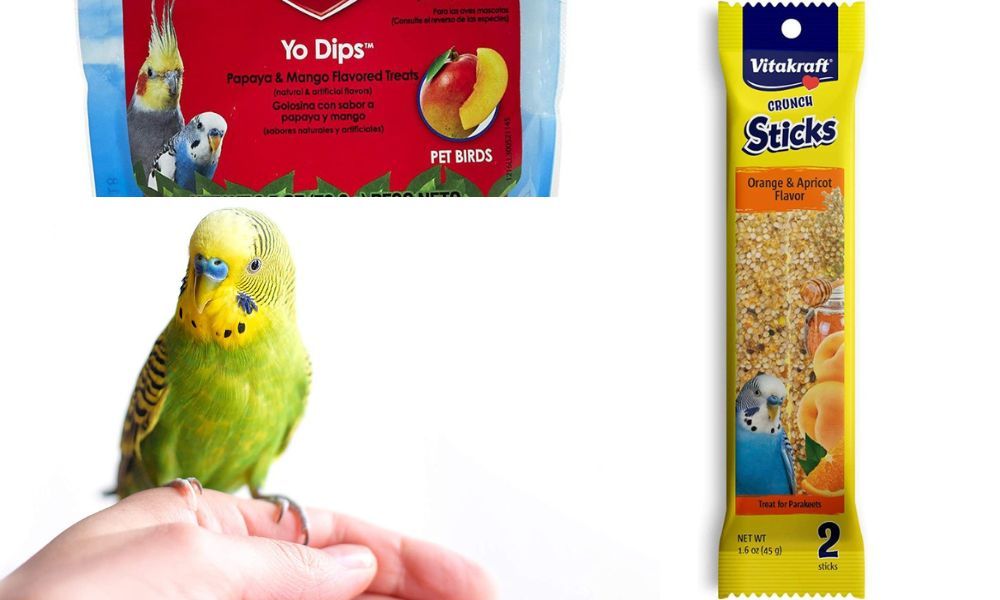
The Intricacies of Parakeet Communication
Have you ever wondered what your English Budgie is chirping about? Parakeets are known for their vocal abilities and use a variety of sounds to communicate with their flock mates and human companions. They can express a range of emotions, from contentment to excitement, through their chirps, squawks, and even mimicry. Observing these vocalizations can be a delightful way to understand your feathered friend's needs and moods.
Not only do these birds communicate through sound, but they also use body language. A relaxed posture with smooth feathers often indicates a happy parakeet, while fluffed feathers might mean your budgie is feeling cold or unwell. Paying attention to these subtle cues can help you better connect with your pet and ensure its well-being. Engaging with your budgie by talking and whistling can also strengthen your bond and even lead to them learning words and phrases!
English Budgie Life Span: Maximizing Your Time Together
The life span of an English Budgie can vary, typically ranging from 7 to 15 years. This is a considerable amount of time, especially when compared to other small pets, and it offers a unique opportunity to develop a deep bond with your parakeet. To ensure your budgie lives a full and healthy life, it's crucial to provide a balanced diet, regular exercise, and mental stimulation. A well-cared-for budgie is more likely to reach the upper end of the life expectancy range.
To maximize your English Budgie's life span, consider its living environment. A clean, spacious cage, safe from drafts and extreme temperatures, is essential. Regular veterinary check-ups can catch any health issues early on, and a varied diet with the right mix of seeds, pellets, fruits, and vegetables will support your budgie's health. Remember, a happy budgie is a healthy budgie, and with proper care, you'll enjoy many years of companionship with your enchanting avian friend.
The Social Dynamics of English Budgies: Interactions and Hierarchies
English Budgies are known for their social nature, but what's truly intriguing is the way they interact with each other, especially among other females. In a flock, these birds establish a pecking order that dictates their access to resources like food and preferred perching spots. Females can be particularly territorial and may exhibit dominance over certain areas, especially when it comes to nesting sites. It's not uncommon to see squabbles as they assert their positions within the group, which can be both entertaining and educational to observe.
Understanding these dynamics is crucial for anyone looking to keep multiple English Budgies. It's important to provide ample space and enrichment to prevent conflicts and ensure the well-being of each bird. When introducing new birds to an established group, careful observation and gradual introduction are key to a smooth integration. By fostering a harmonious environment, these parakeets can form strong bonds and display affectionate behaviors, further cementing their status as good pets with a social inclination that can be as complex as it is captivating.
The Role of English Budgies in the Pet Trade
The pet trade has seen a consistent demand for English Budgies, often referred to as exhibition budgie or standard budgie, due to their charming appearance and amiable nature. These small birds have been selectively bred to exhibit certain physical traits that make them stand out in pet shows and exhibitions. As a result, they are often larger and have a more pronounced poof of feathers on their heads compared to their wild budgie counterparts, which belong to the only species in the genus Melopsittacus. The allure of show birds has contributed to their status as a good pet for those looking to enter the world of avian competitions.
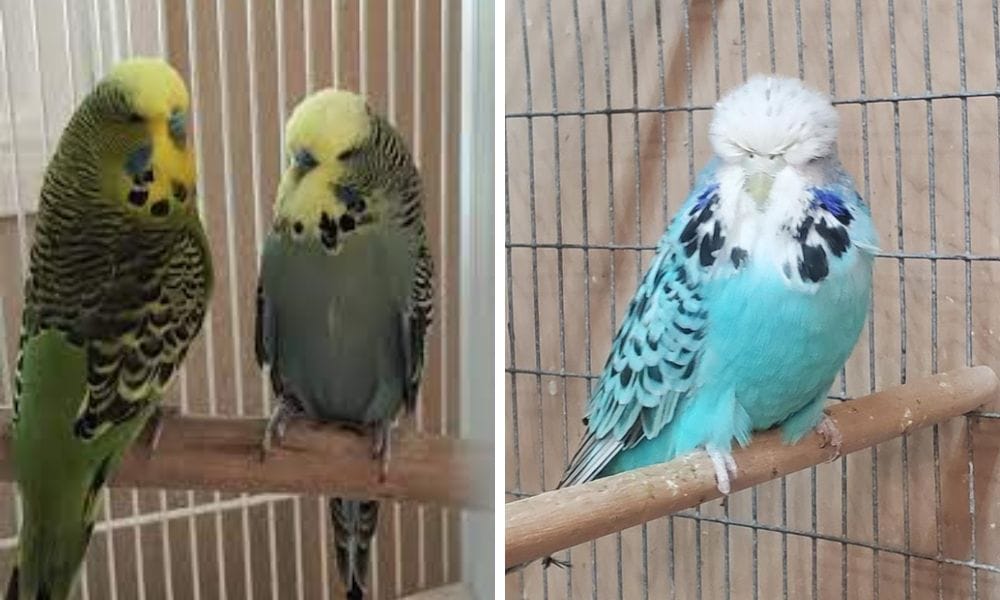
However, it's important to remember that the pet trade can have implications for the species. Prospective owners should ensure they are supporting ethical breeders who prioritize the health and well-being of their birds. Good food, proper care, and a suitable environment are essential for keeping these small parrots healthy. When considering adding an English Budgie to your family, research is key. Look for reputable sources and consider adopting from rescues when possible. By doing so, you not only get a delightful companion but also contribute to the responsible ownership and preservation of these little birds.
Housing Your Feathered Friend
When it comes to housing, English Budgies need a small cage that's at least large enough for them to stretch their wings and fly short distances. The cage should be equipped with perches of varying sizes to promote foot health and toys to keep them entertained.
Health and Wellness
English Budgies, like all pet birds, can suffer from health issues if not cared for properly. Loose droppings, changes in behavior, or a lack of appetite can be signs of illness. Regular check-ups with an avian vet can help catch any problems early.
Breeding English Budgies
Breeding English Budgies requires a deep understanding of their needs. The breeding mode involves providing a suitable environment, a nutritious diet, and ensuring the health of both the male and female. It's important to note that breeding should only be done responsibly and with the welfare of the birds in mind.
English Budgie Lifespan
With proper care, English Budgies can have an average lifespan of 7 to 12 years. Factors such as diet, exercise, and genetics play a role in their longevity. Providing a loving home and attentive care can help ensure your budgie lives a full and happy life.
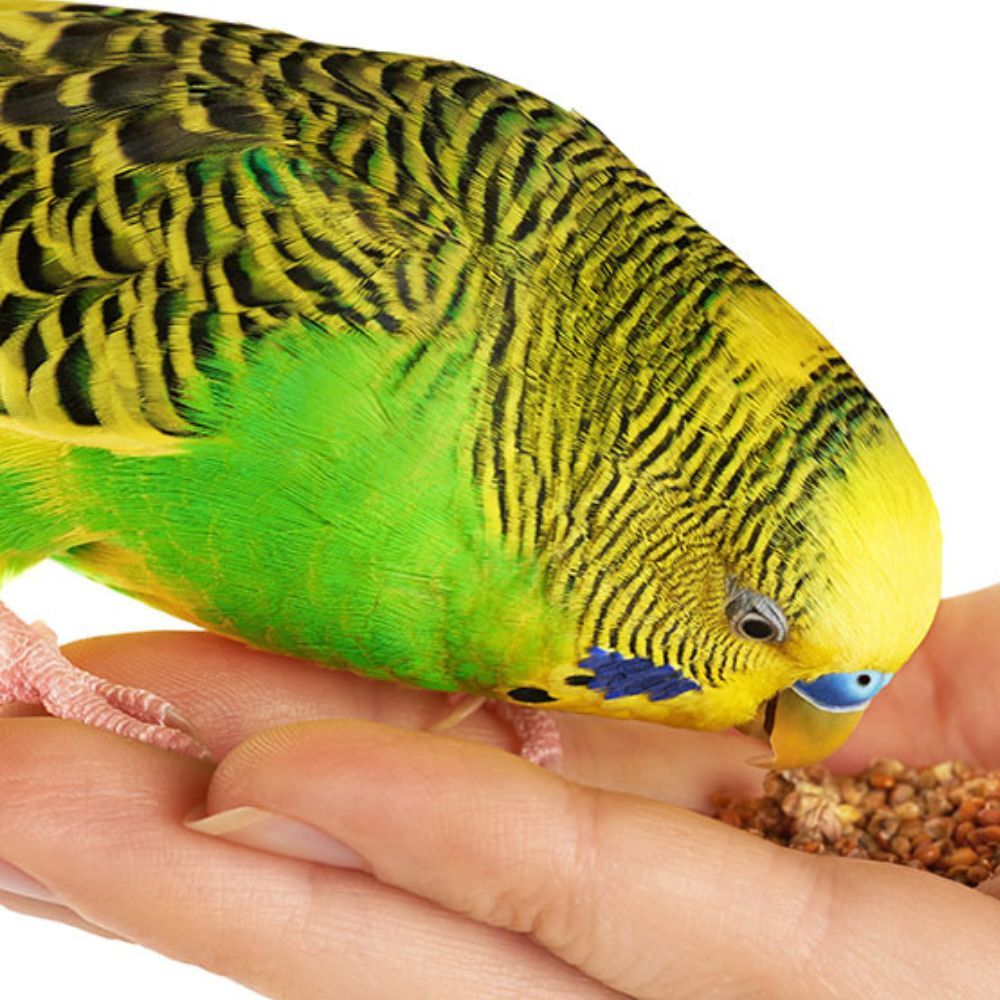
Training and Bonding
English Budgies are known for their ability to mimic human speech, making them delightful companions. Training them requires patience and positive reinforcement. Spending time daily with your budgie can strengthen your bond and provide them with the social interaction they crave.
Common Health Concerns
English Budgies can be prone to certain health issues, such as yeast infections or respiratory problems. A clean environment, a healthy diet, and regular vet visits can help prevent these issues. Be on the lookout for any signs of illness, such as changes in droppings or behavior.
Fun Activities for Your Budgie
To keep your English Budgie engaged, introduce toys that challenge them mentally and physically. Puzzle toys, swings, and ladders are great for keeping them active. You can also use a spray bottle to gently mist your budgie, which they often enjoy as it mimics the rain showers they would experience in the wild.
The Joy of English Budgie Shows
For those interested in the competitive side of English Budgie ownership, bird shows offer a platform to showcase your bird's beauty and training. Show budgies are judged on various criteria, including size, feather quality, and overall health.
Conclusion
English Budgies are not just pets; they are companions that bring joy and vibrancy to any home. With their larger size, fluffier feathers, and sociable nature, they make great pets for both novice and experienced bird lovers. By providing them with proper care, a balanced diet, and plenty of love and attention, you can ensure your English Budgie thrives.
FAQ Section
Q: How can I tell if my English Budgie is healthy? A: A healthy English Budgie will have bright, clear eyes, clean feathers, and be active and alert. Regular vet check-ups are also essential to maintain their health.
Q: Can English Budgies be taught to talk? A: Yes, English Budgies are capable of mimicking human speech. With patience and consistent training, they can learn a variety of words and phrases.
Q: Are English Budgies good for families with children? A: English Budgies can make excellent pets for families, as they are generally friendly and can enjoy interacting with gentle children. However, it's important to supervise interactions to ensure the safety of both the child and the bird.
Looking for the best nutrition food for your english budgie? We have done all the research for you and put together our list of best 5 foods for budgies you can buy today! Tap the button below to see the list now!

